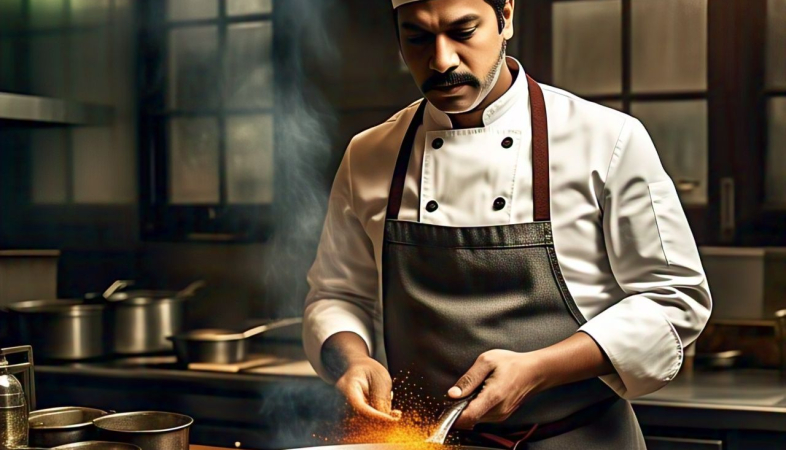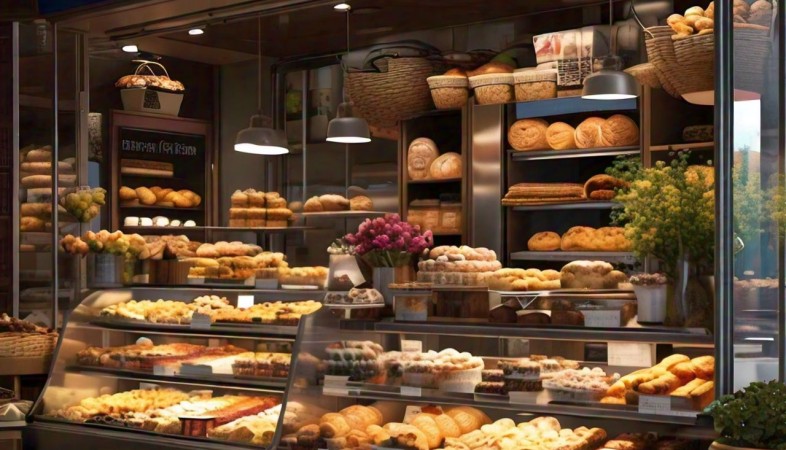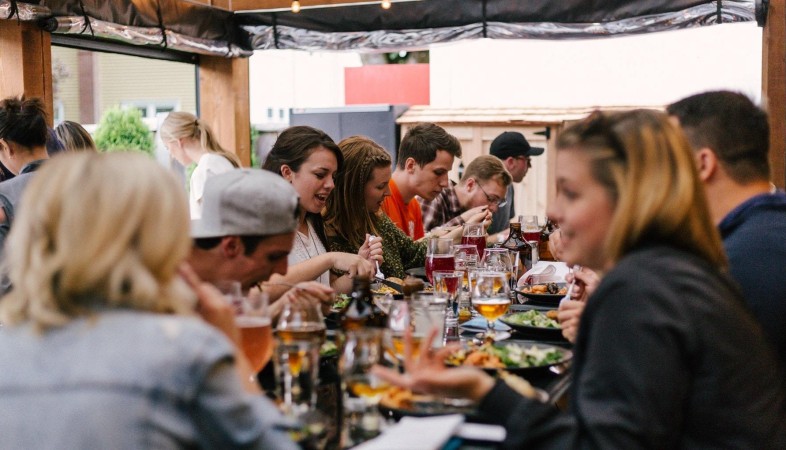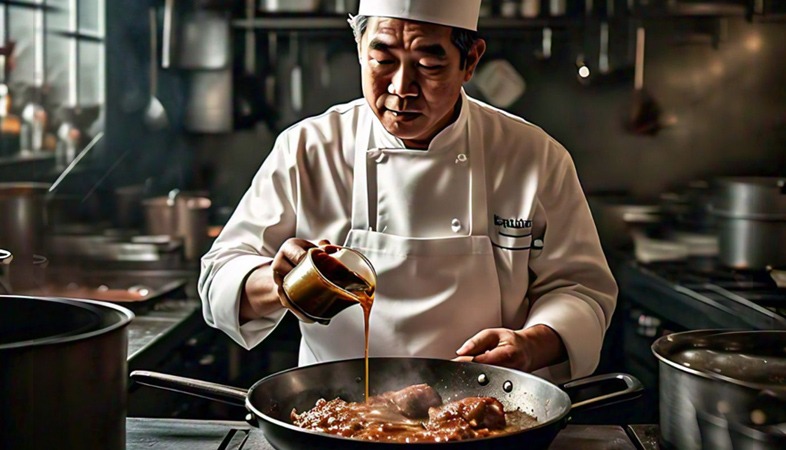Baghar Tadka: Tempering Spices in Hot Oil for an Intense Aroma
From home kitchens to grand feasts, Baghar Tadka remains an essential part of Indian cooking, proving that a simple technique can unlock layers of flavor.
Indian cuisine is known for its bold flavors, and one of the
most essential techniques that bring these flavors to life is Baghar Tadka, or
tempering. This process involves heating oil or ghee until it’s sizzling hot
and then adding whole or ground spices, allowing them to release their
essential oils and deepen their aromas. Once the spices crackle and infuse the
oil with their essence, the mixture is poured over dishes like dals, chutneys,
or curries, instantly elevating their taste and fragrance.
The magic of Baghar Tadka lies in its ability to transform simple ingredients into something extraordinary. The choice of spices can vary based on regional preferences and the dish being prepared. Mustard seeds, cumin, dried red chilies, curry leaves, and asafoetida are common tempering ingredients in South Indian cuisine, while North Indian tadkas often feature garlic, ginger, bay leaves, and garam masala. Each combination imparts a unique character to the dish, making tadka an incredibly versatile technique.
In lentil-based dishes like dal, tempering is often the finishing touch that brings everything together. A simple dal can be turned into a restaurant-quality dish by adding a sizzling tadka of garlic, cumin, and red chili in ghee. The crackling spices, when poured over the hot dal, release an irresistible aroma, making it even more appetizing. Similarly, chutneys and yogurt-based raitas benefit from a tempered oil infusion, giving them a smoky depth that enhances their freshness.
Beyond flavor enhancement, Baghar Tadka also has a practical purpose—it helps activate the medicinal properties of spices. Ayurvedic principles suggest that frying spices in oil not only enhances their taste but also makes their nutrients more bioavailable. For example, turmeric, a staple in Indian tempering, is better absorbed by the body when combined with fat and black pepper.
Mastering Baghar Tadka requires attention to timing and temperature. The oil must be hot enough to make the spices sizzle, but not so hot that they burn. Overcooked tadka can introduce a bitter taste, while an undercooked one may lack depth. Using the right amount of oil and ensuring even distribution over the dish ensures the best results.
From home kitchens to grand feasts, Baghar Tadka remains an essential part of Indian cooking, proving that a simple technique can unlock layers of flavor. Whether used in dals, curries, or chutneys, this tempering method is a small yet powerful step that transforms ordinary meals into aromatic and flavorful experiences.
.png)







.jpeg)





















